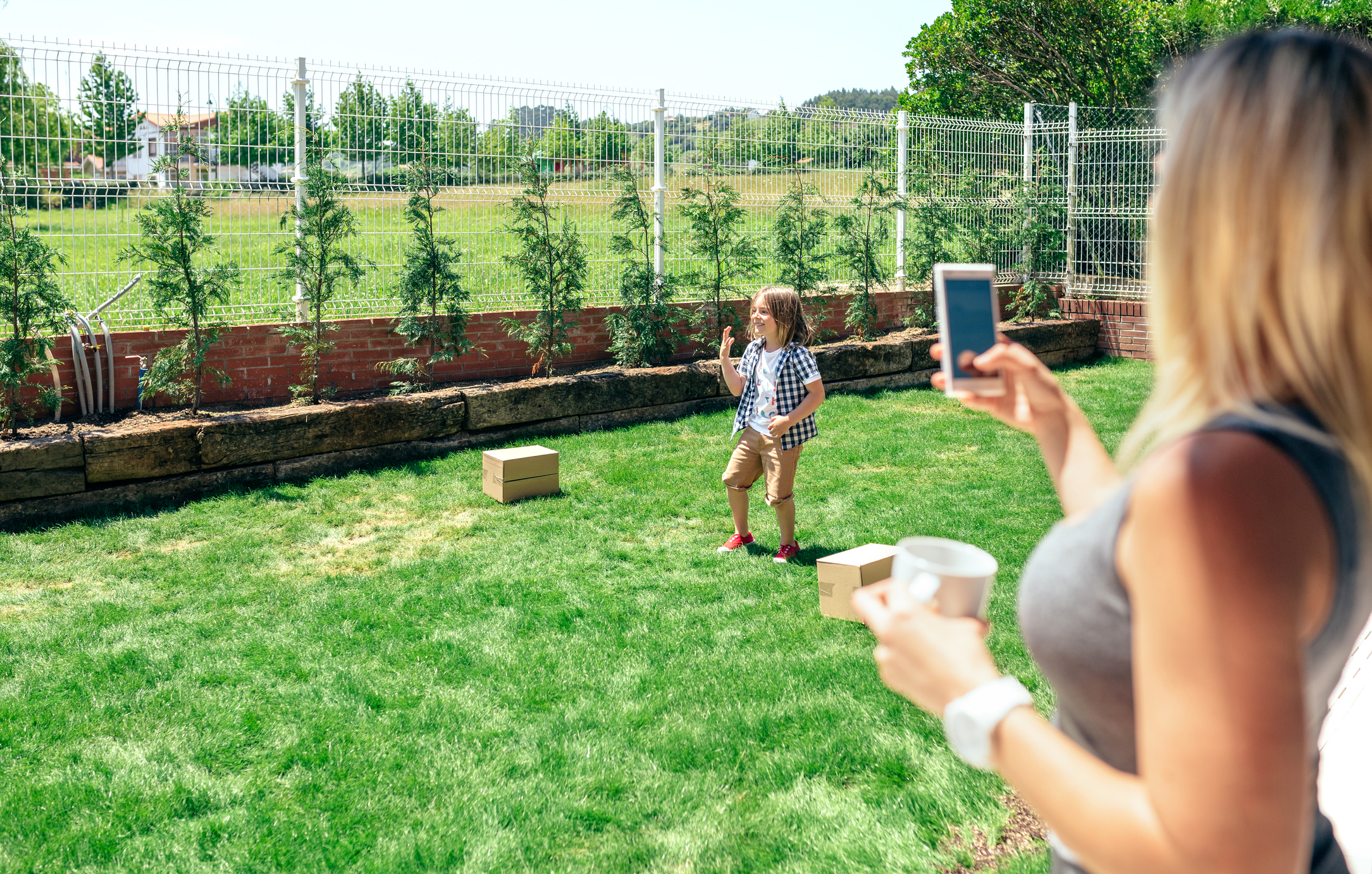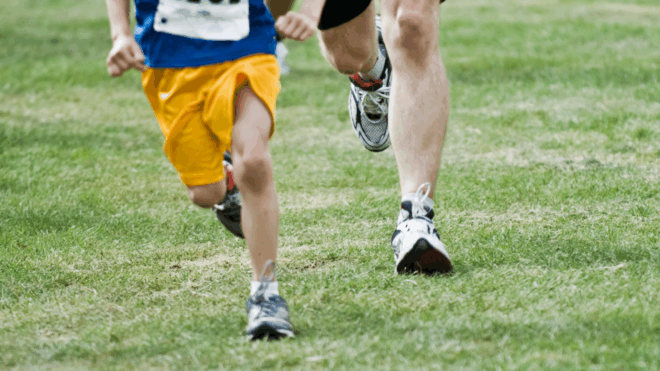
Sittervising is a parenting trend that allows your kids to express themselves freely through play while you sit back and relax. You can prioritize your child’s safety before their playtime to ensure they have a secure environment to play in while you sittervise.
There are many benefits to sittervising, like fostering independence and allowing yourself to take a much-needed break. If you're one of those moms, who just doesn't love getting down on the floor and playing with your kids, this parenting technique is for you.
Even if you've never heard the term before, you might have actually already tried sittervising. Either way, we're sharing everything you need to know about the new trend.
What Is Sittervising?
Sittervising is essentially when you watch your kids from a sitting position in a comfortable chair, park bench, or location of your choice. Susie Allison has a Master’s in Early Childhood Education and allegedly coined the term sittervising, which is now trending on TikTok. But the term has appeared in search results since early 2021, before Allison used it in her blog, The Busy Toddler.
Sittervising encourages kids to learn, play independently, and participate in self-care while parents kick back and watch from a distance. Sittervising allows them to partake in free play that stimulates their growth and development and boosts their creativity.
Benefits of Sittervising
Helicopter parenting, where parents hover over their children while they play, is exhausting. Adults have responsibilities outside their roles as parents, like running a household or doing a job outside the home. Who has time to play interactively with their kids all day, every day?
Sittervising allows you to take a step back, analyze why you are hovering, and give your kids a little freedom. Often, parents forget what it was like when they were growing up. More likely than not, you had more opportunities for free play as a child since the idea of helicopter parenting hasn’t been around for long.
Sittervising can help your children develop independence and healthy boundaries. Giving your children personal space – and teaching them to respect others’ personal space – will benefit them outside of the home. They will learn how to take care of themselves and be aware of their surroundings. They won’t rely on you to tell them when a situation is unsafe, which is important anytime you’re not around.
While you might feel guilty about sitting back and allowing your kids to make mistakes, you shouldn’t. You’re giving them the opportunity to learn for themselves, all while giving yourself a break.
Different Ways to Sittervise

The guilt you feel as a parent can be overwhelming when your kid wants to play with you around the clock — sometimes, you just need a break. You can sit back and watch your kids play, which is also beneficial.
Learn To Step Back
Begin by permitting yourself to relax while your kids play. You might enjoy playing with them, but they need to create a sense of independence and learn some things for themself while you supervise.
Your children will gain many benefits from solitary play. Ensure they have a place to facilitate play by making your home safe while you sittervise and monitor them.
Establish a Routine
Kids thrive off structure, so having a routine in place can help your children feel safe while they develop life skills. Rituals can help parents feel more organized and on track with their many duties and obligations. It takes a village to raise children, and it can often feel overwhelming. Providing a consistent time for sittervising can give you something to look forward to and promote healthy social-emotional development in your child.
There are many benefits of having a routine. Children who know they can rely on predictability and accessibility learn to self-regulate, providing building blocks for optimal mental health as they grow. Traditions can also offer a sense of connection and identity.
Take Baby Steps

It can be challenging to step away from your children while they play when you are used to being together. You may have tried sittervising on your terms before learning about the trend to no avail, but habits take time to build. Be patient and start small.
Set a timer and tell them they must play by themselves while you do something pressing, like load the dishwasher. Don’t let them follow you while you do your chores. Instead, set them up with some toys and encourage them to play while you supervise from a distance.
This can lay a foundation for them to play independently more often, and realize they are OK without you hovering over them. You might feel a little sense of freedom yourself, even if it’s just being able to watch from another room.
Sittervising Success
There is no right or wrong way to parent — just do whatever works best for you. However, sittervising creates the opportunity for you to foster independence and nurture your child’s development without you, while you monitor play and assist when they need you. This benefits you both and helps them grow, learn, and have fun with confidence.




